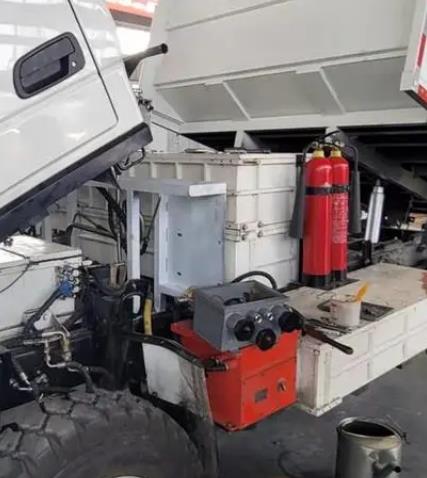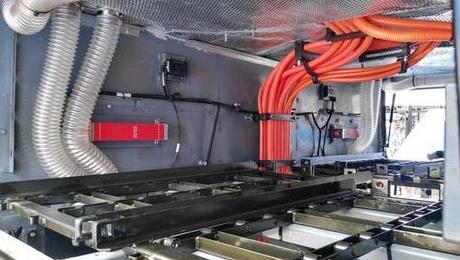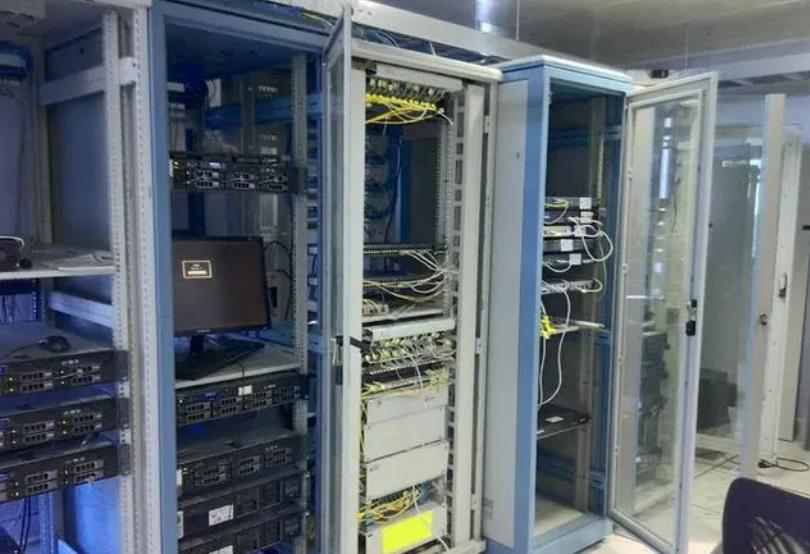
First, new energy vehicle battery fire extinguishing method
1. Type of fire extinguishing agent
In order to effectively fight fire, new energy vehicle battery fire requires the use of a specific type of fire extinguishing agent. Here are some common fire extinguishing agents:
a. Water: Water is the most common fire extinguishing agent, but when dealing with lithium battery fires, water can cause more serious problems, such as battery explosion or fire spread.
b. Dry powder fire extinguisher: Dry powder fire extinguisher includes ABC type dry powder, which can effectively isolate the fire source and oxygen when extinguishing the fire.
c. Thinners: Some thinners specifically designed for lithium battery fires can quickly cool the battery and extinguish the flames.
d. Inert gases: Inert gases such as nitrogen and carbon dioxide can be used to extinguish fires because they can reduce the oxygen concentration so that the flame loses its combustion conditions.

2. Fire extinguishing method
The fire extinguishing method of new energy vehicle battery fire usually includes the following steps:
a. Isolate the fire source: The first task is to isolate the battery pack or battery module to stop the spread of the fire.
b. Cooling battery: By cooling the battery, the flame can be slowed down.
c. Use the appropriate fire extinguishing agent: according to the nature of the fire source, choose the appropriate fire extinguishing agent to quickly extinguish the fire source.
d. Monitoring and control: After extinguishing the fire, the temperature and status of the battery need to be monitored to ensure that there is no risk of re-ignition.

Second, the importance of nozzle layout
The effectiveness of new energy vehicle battery fire suppression depends to a large extent on the layout of the nozzle. The correct nozzle arrangement ensures that the extinguishing agent can be evenly distributed, quickly extinguish the fire source, and reduce the risk of fire spread. Here are some key factors for nozzle layout:
1. nozzle type
Different types of extinguishing agents require different types of nozzles to distribute. For example, dry powder fire extinguishers typically use nozzles or rotating nozzles to cover large areas, while inert gases may require jetting pipes or nozzles to ensure even distribution.
2. Number of nozzle heads
The choice of the number of nozzles depends on the size and structure of the battery. More nozzle heads provide better coverage, but they also require more extinguishing agent. Therefore, there is a need to find a balance between resources and efficiency.
3. nozzle position
The position of the nozzle should be able to quickly cover the fire source while avoiding physical obstacles to the battery module. The choice of location needs to be determined according to the design of the vehicle and the layout of the battery.
4. nozzle control
Some advanced systems allow the nozzle to be controlled and adjusted to suit different types of fire sources and fires. This adaptability can improve fire fighting effectiveness.
5. Automated system
Automated systems can greatly improve fire response time. When a fire alarm is detected, an automatic system can activate the nozzle immediately, reducing the risk of human intervention.

Third, the challenge of new energy vehicle battery fire suppression
Despite the support of modern fire extinguishing technology, the fire of new energy vehicle batteries is still challenging. Here are some of the main challenges:
1. Rapid fire spread
New energy vehicle batteries usually have a high energy density, and once a fire starts, the fire may spread quickly. Therefore, fire sources must be extinguished quickly and effectively.
2. Battery explosion risk
In the case of overheating, a battery explosion may occur, releasing harmful gases and chemicals. This increases the danger of fire fighting, as extinguishing agents and personnel may be harmed.
3. Storage and transportation problems
Storage and transportation of fire extinguishing agents is also a problem, especially for inert gases and diluents. These substances require extra space on the vehicle and need to be replaced regularly.
4. Energy constraints
The fire extinguishing system of new energy vehicle batteries usually relies on the battery power supply of the vehicle. In case of battery failure or overheating, the power supply may be interrupted, resulting in the failure of the fire extinguishing system.


